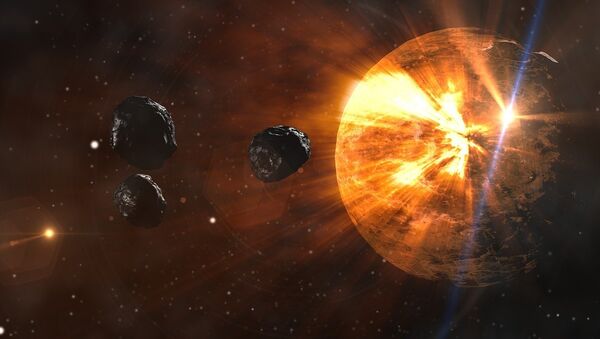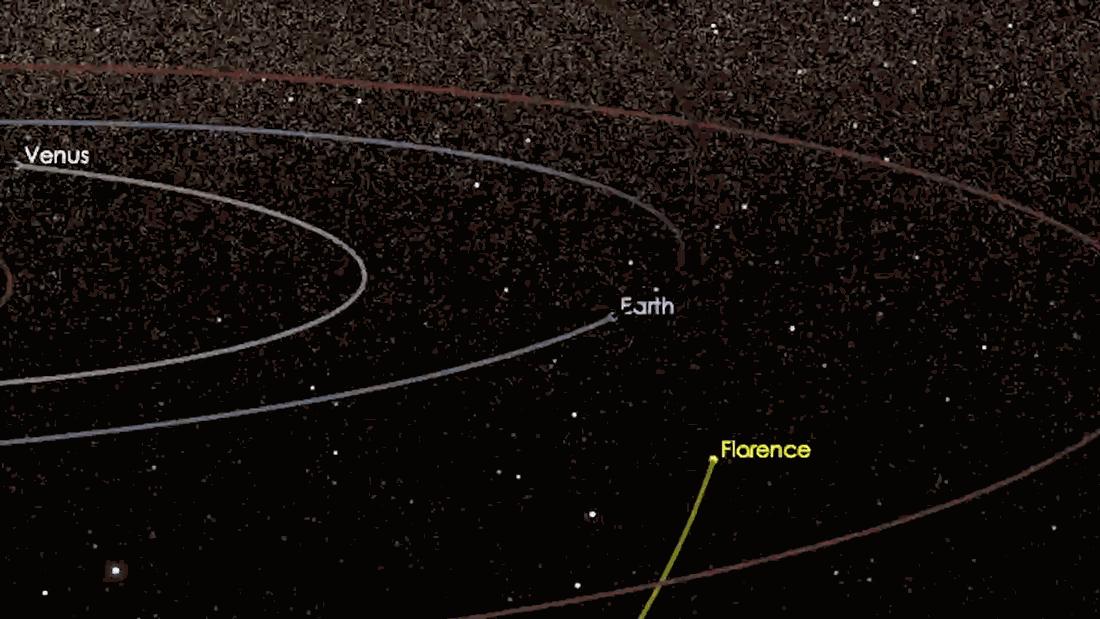According to the lab coats at NASA, this friendly gal is going to be the biggest rock to pass by since researchers first began their tracking program.
"While many known asteroids have passed by closer to Earth than Florence will… all of those were estimated to be smaller," Paul Chodas, manager of NASA's Center for Near-Earth Object Studies, said in a statement. "Florence is the largest asteroid to pass by our planet this close since the NASA program to detect and track near-Earth asteroids began."
Through the combined efforts of scientists at NASA's Goldstone Solar System Radar in California and the National Science Foundation's Arecibo Observatory in Puerto Rico, officials are taking advantage of the opportunity and are hoping to capture radar images that will reveal "the real size of Florence."
— CORICOSMOS (@coricosmos) August 18, 2017
Named after Florence Nightingale, the founder of modern nursing, the asteroid was first discovered by Schelte "Bobby" Bus at the Siding Spring Observatory in Australia back in March 1981.
Visible to small telescopes, officials say Florence's 2017 flyby will be the closest to Earth until the distant year of 2500. The last time she came near Earth was back in 1890.
Observations will begin August 29 and will continue to September 8 as Florence "moves through the constellations Piscis Austrinus, Capricornus, Aquarius and Delphinus," according to NASA.


